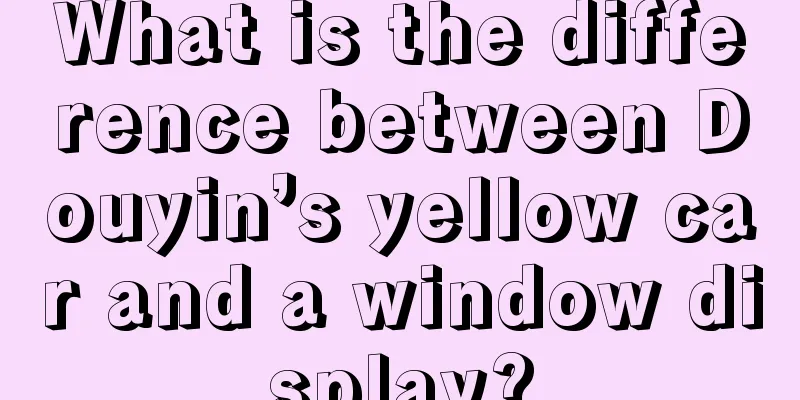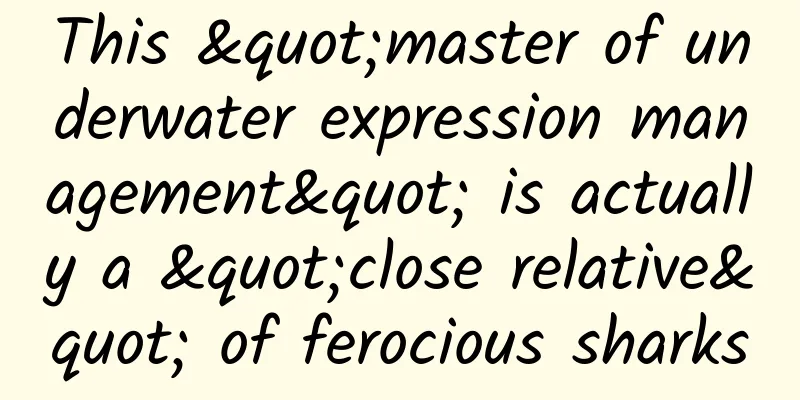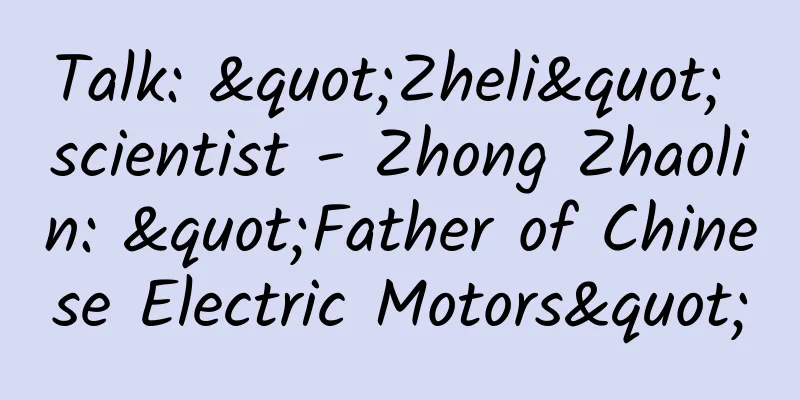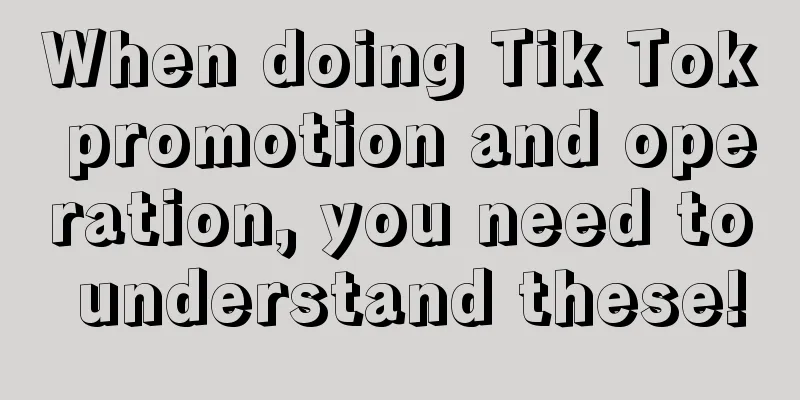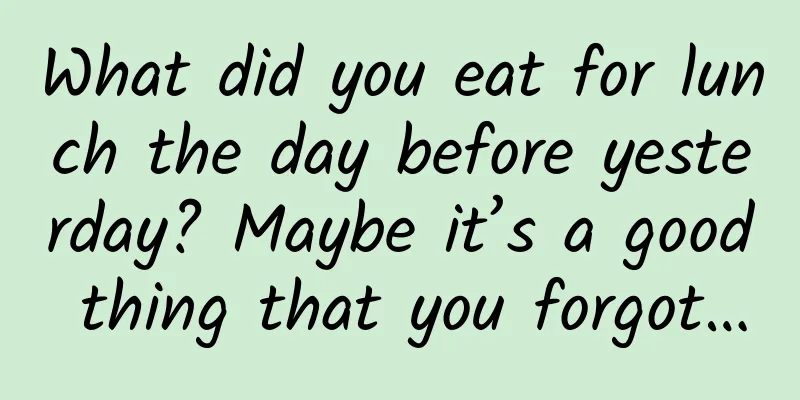Kaiyuan SEO Training: How to improve the weight of internal pages of the website?

|
Before talking about how to improve the weight of internal pages of a website, let's first recall how we usually optimize our websites? Do all the external links you post point to the homepage, are your keywords set in the homepage title, and do all your friendly links point to the homepage? At this point, you might say that if the weight of the homepage is high, wouldn’t the weight of the inner pages naturally be high as well? In fact, this seems correct in theory, but it is not true because the transfer of weight within the website is related to the direction and activity of the link. Activity refers to the number of clicks (PV) on this internal page. In addition, the internal links that can be displayed on the homepage are limited. If the link of an article on the homepage disappears and there is no other entrance to access it, then the entry of this internal page will most likely be deleted, and the weight of this page will naturally disappear. The weight of an inner page comes more from the value of the page itself. In addition to the quality of the article, the value of a page also comes from the number of readings and the length of stay. Of course, you can also treat the inner page as the homepage and post external links or exchange friendly links to the inner page, but the premise is that the content described in your inner page must be valuable to users who search for the inner page title. Another thing is to increase the richness of inner page elements (pictures, videos, etc.). Most of us only edit the inner pages once or twice. In fact, the addition of inner page content can be continuous. Instead of creating N pages to increase the input of the website, it is better to make an inner page unique. Inner pages are generally used to intercept long-tail words. The weight of inner pages is originally relatively low. If someone uses the homepage for ranking, our title must be completely matched at this time. The editor has found that many webmasters like to add target words after the article title. This is very wrong. The title of the page is equivalent to the subject of the page. If the title has multiple subjects, it will sparse the search engine's matching and content relevance judgment. Refuse to plagiarize directly. For example, if you want to write an article on how to get rid of acne, it would be a big mistake to simply Ctrl+C and then Ctrl+V the article from Baidu Zhidao or Baidu Wenku. The correct way is to write a clear and original article by yourself, or to skillfully compile a pseudo-original article related to the topic. In order to increase the relevance of the inner page content to the topic, we should appropriately insert relevant keywords. Generally, 3-5 keywords are enough in an article of 500-800 words. It is not enough to write good content on the inner pages. We also need to strive to gain more user stay time and click-through rate and reduce bounce rate. This requires effective behavioral guidance for forced visitors. Proper drainage and weight transfer are also very important. We can set anchor text links on the homepage or secondary pages to point to the internal pages that need to be optimized, or we can make some external links. |
<<: What kind of promotional materials are the most eye-catching in information flow ads?
>>: Heshan SEO training: steps and methods for website optimization ranking
Recommend
Inventory: AppStore promotion channels and effects (dry stuff)
Abstract : This... where should I start~~ Hey! I c...
New Baojun XiaoBiu smart car released, Suning XiaoBiu takes the lead in realizing "smart interconnection between people, cars and homes"
"People, Cars, Homes, Life", on Septemb...
A new choice for a 150,000-class family SUV? Test drive Kia EV5
NetEase Auto reported on December 2 that the fami...
Inphi appoints marketing and public relations general manager in China
Recently, Infiniti announced the latest personnel...
If you are bitten by a five-step snake, how many steps are safest to take?
In the wilds of Yongzhou there are strange snakes...
How exciting is the work of a forensic doctor? Besides corpses, what else do you study?
Expert of this article: Zhang Yinming, PhD in For...
These 7 types of vegetables have "toxins" and must be blanched before eating! One of them is in season now!
Blanching is one of the cooking methods we usuall...
The wolfberry tea we drink regularly can actually cause poisoning... See if you have been poisoned?
In June this year, the "China Cardiovascular...
Chinese people are not suitable for drinking milk? 85% of Chinese people are lactose intolerant? You have misunderstood for too many years!
Rumor: "Chinese people are not suitable for ...
The "Aristotle's Lantern" in the sea, is it an edible "lamp"?
In the deep blue ocean, sea urchins move quietly ...
How I use WeChat to operate a "social product" with more than 20% daily active users
In everyone’s mind, Internet products are general...
Implementing dynamic pop-up button effect
Source code introduction: Implement dynamic pop-u...
Appeal! If you are positive, please do this when throwing away the garbage
There is sunshine at home How to disinfect? These...
User operation: a simple and easy-to-use user growth methodology
This article introduces in detail the specific im...
Real-life version of the "Spirit Pearl"? The blue-blooded "noble" in the ocean is actually this →
"Color is part of the language of film"...

